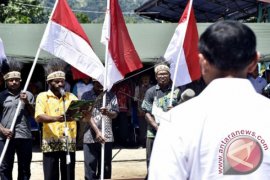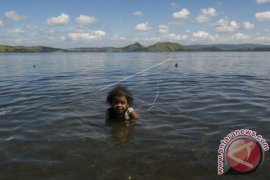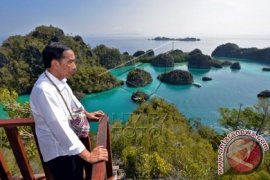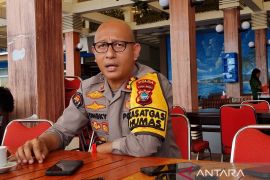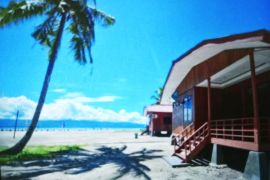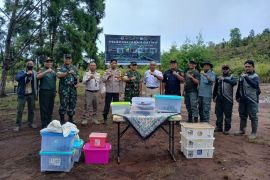Ahead of the anniversary of the independence of the RI-72, August 17, 2017 the Indonesian people are still struggling to improve the welfare of the community as mandated in the preamble of the 1945 Constitution.
This is not just a question of domestic work of the Indonesian nation but all the nations of the world also experienced a similar thing namely to determine the welfare of the community and reduce the number of poverty. Whatever the standard and the size used, all the problems in the world must face the poor and there is no instant recipe to solve it.
But there is a determination by all the children of the nation from Sabang to Meraukeadalah against poverty. In this paper focused how to overcome poverty in Papua one way with the increase of Human Resources (HR), because the land of Papua is very rich and has not been managed maximally but Merauke tried not to get caught in the phenomenon.
But what often appears surface is the demand to independence from the Republic of Indonesia. The issue is packed by political elites who do not want to see Papua prosper and prosper since joining the NKRI.
The Government of Indonesia is very concerned about Papua by disbursing the 950 Trillion budget to date, not to mention Special Autonomy known as Otsus fund since it was rolled out in 2002 - 2014 by 37 Trillion (Provence of Papua's data). Then the next question how the people of Papua utilize the budget of special autonomy is addressing the problem of poverty?.
Special Autonomy Fund
The phenomenon of poverty and income inequality is almost experienced by all countries or regions throughout the world. The difference lies only in the proportion or size of the gap and the poverty rate that occurs and the level of difficulty overcome that is influenced by the size of the region and the population of a country or region.
The fluctuation of income per capita can be used as an indicator to assess the success and failure of a government at the local elite level in overcoming the problem. It is the local elite elected directly by the people in the current democratic elections, to measure its performance can be seen how far in the budget management provided by the Central Government for the benefit of the community.
It is interesting to note the Papuaratio poverty map of poverty is at 21.98% which is inversely proportional to Kalimantan being the region with the lowest poverty level in Indonesia. But there is one Kabupaten in Papua that is the lowest Merauke has the number of poor people, even the level of poverty is low in Indonesia.
BPS data, during the year 2008-2010, for example, the number of poor people in Merauke district averaged only 27,214 people per year or 3.63 percent of the total poor population in Papua Province per year. The poverty rate tends to decrease annually, with an average of about 15.22 percent per year.
Meanwhile, Based on data from BPS August 2016, the population in the district reached 213,484 people or fell to 10.92 percent. The poor are spread in 20 districts namely Kimaam, Waan, Tabonji, Ilwayab, Okaba, Tubang, Ngguti, Kaptel, Kurik, Animha. (Antara.Papua of 3 August 2016).
In addition, per capita income in Merauke drove rapidly, but it was not matched by improvements in income distribution, so that the resulting development can be said to be less qualified. During 2011-2016 the average per capita income growth is about 5.39 percent per year, where in 2015 it is recorded at Rp. 8.01 million.
Although the income distribution gap in Merauke Regency is categorized as low and medium, the numbers are increasing. This condition is triggered by the discrepancy in economic activity that impacts on the increasing income distribution gap between cities and villages.
The indicator shows that although this Special Autonomy has been running for almost 16 years, the majority of Papuans are still in poverty and ignorance in some districts and cities in Papua than in Maureke.
Why the Special Autonomy Fund that has reached 40-trillion Rupiah does not spread evenly but only flow up to certain circles only. In view of this, Papuans must be intelligent and hold public accountable to their political elites they have entrusted to lead and intellectual groups in guarding to what extent these funds are being absorbed for human resource and infrastructure development in the region.
As is the case in the outer regions of Papua, NGOs and their communities have been very intelligent in guarding corruption cases perpetrated by regional heads and political elites. Communities are not easily diverted to strategic issues of independence and other thematic issues but are more focused on how local governments are transparent in the use of budgets for the welfare of the people.
Transparency
Transparency in the management of special autonomy fund, local government through SKPD must be very open to inform the various parties in each stage of the management of special autonomy funds.
Almost all stages of special autonomy fund management start from the planning stage, supervision and monitoring up to the stages of SKPD follow-up to inform the public, although there are some aspects in giving information about the allocation of special autonomy funds managed and to finance what level only the level of leadership should be known.
Theoretically, popular participation is a close collaboration between planners and the people, in planning, implementing, preserving and developing the results of development that has been achieved, (Soetrisno, 1995). Referring to the concept of the theory, community participation in Maureke already reflects the involvement of planning programs and activities derived from the use ofspecial autonomy funds to achieve optimal. This has already demonstrated that people are more familiar with and know the programs that are financed by the special autonomyfund of Papua.
Means stages of the phases of Musrembang that has been done already fully can involve all the components of society that exist in each region, in addition to the source of funds for each program and less activity has started to be opened for socialized to the community.
Transparency of the use of special autonomy funds is still very low in some districts and cities in Papua. The absence of transparency in the use of special autonomy funds will have a very wide negative impact on the community.
These negative impacts have the potential to raise the issue of public legitimacy to the central government as a national public servant. Whereas in the local level management that has not been able to perform such transparency. The campaign agenda that currently needs to be built by intellectual groups in Papua is how special autonomyfunds provided by the Central Government are targeted and transparent in its allocation.
The right target and transparent key to independence to improve the quality of human resources through education to build Papua grows into an industrialized area in the future.
*) The author is a Graduate student and Community Studies Comparative Studies of Political Science Abstract.
Papua Freedom: Free From Poverty
Jumat, 21 Juli 2017 20:10 WIB
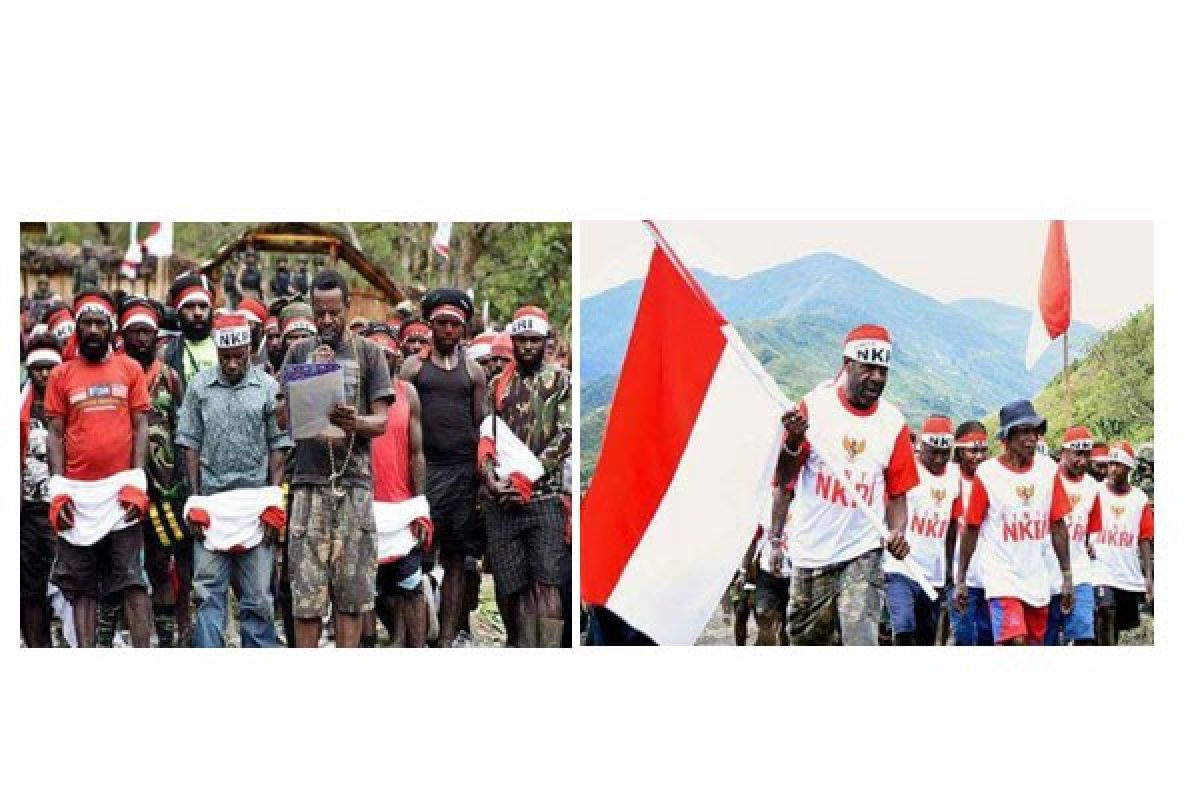
Aksi masyarakat Papua mendukung NKRI. (FOTO: Kiriman Agung Virdianto).
The right target and transparent key to independence to improve the quality of human resources through education to build Papua grows into an industrialized area in the future.



